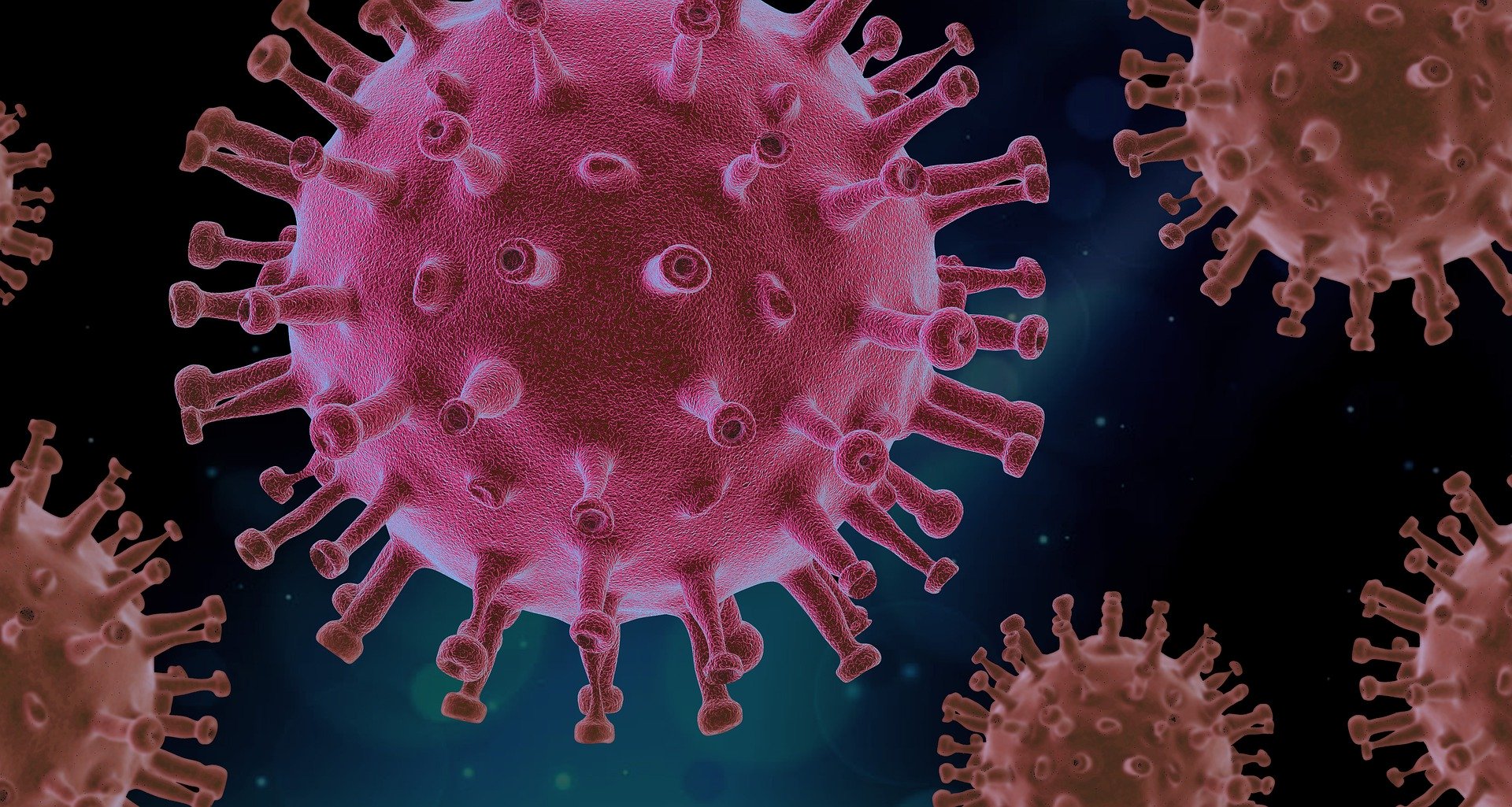News release
From:
Virology: Coronavirus structures provide clues to SARS-CoV-2 evolution
The structures of the spike glycoproteins, which enable a virus to bind to and enter cells, for SARS-CoV-2 and the closely related bat virus RaTG13 are characterized in a paper in Nature Structural & Molecular Biology. The structures provide further information about how the SARS-CoV-2 spike evolved and may provide insights for vaccine design.
Bat coronaviruses have been identified as the likely evolutionary precursor to SARS-CoV-2, and previous studies have identified the bat virus RaTG13 as the closest known relative of SARS-CoV-2. However, it is not known how the virus evolved to infect humans nor whether this happened via an intermediary host or through direct transmission.
Antoni Wrobel, Donald Benton and colleagues compared the spike glycoproteins from SARS-CoV-2 and RaTG13. They found that, although the structures were similar, SARS-CoV-2 has a more stable form of the spike glycoprotein and is able to bind approximately 1,000 times more tightly to the human receptor protein ACE2. The authors also found that the presence of a furin cleavage site in the SARS-CoV-2 spike could be advantageous for the virus, as it may facilitate the virus binding to the receptor on cells. On the basis of their observations, the authors suggest that a bat virus similar to RaTG13 would be unlikely to infect human cells, which supports the theory that SARS-CoV-2 evolved from a recombination of distinct coronavirus genomes.
The authors note that their structure of the SARS-CoV-2 spike glycoprotein is presented in high resolution and is nearly complete, with more external loops than previously reported structures, which may provide important insights for vaccine design.
Expert Reaction
These comments have been collated by the Science Media Centre to provide a variety of expert perspectives on this issue. Feel free to use these quotes in your stories. Views expressed are the personal opinions of the experts named. They do not represent the views of the SMC or any other organisation unless specifically stated.
Dr Francesca Di Giallonardo is a Postdoctoral Fellow in the Immunovirology and Pathogenesis Program at the Kirby Institute, UNSW Sydney
In simple terms, the study compares the binding success of two virus proteins, SARS-CoV-2 and its closest known bat relative, RaTG13, to human cells. SARS-CoV-2 binds very well, while the bat virus does not. This is to be expected as the bat virus is distinct to SARS-CoV-2. The study shows that these two viruses are genetically different, and that is to be expected due to natural selection in different hosts. The main, and important, outcome of this study is the more detailed understanding of virus protein structure and the receptor-binding process, which is important for successful vaccine design.
In more detail, the study reports the protein structure of the S protein for SARS-CoV-2 and its known closest bat relative, RaTG13. The study assessed the binding potential of the human and bat virus S protein to the human cell receptor ACE2, which is required for successful infection by SARS-CoV-2 in humans. Comparison of protein structures and analysis of binding affinity of S protein to ACE2 cell receptors showed that 'breaking' of a specific cleavage site (furin-site) decreases the protein stability such as to optimise binding of the S protein to ACE2 receptors.
Furthermore, the results showed that SARS-CoV-2 S protein has a 1,000-fold higher binding capacity compared to the bat virus S protein. The authors report that the main reason is the amino acid difference in the receptor-binding domain between the two proteins, such that it is highly unlikely that the RaTG13 would be able to bind effectively to a human cell and thus establish an infection.
This is not surprising, given the high genetic diversity and high evolutionary distance between these two viruses.
This reported finding that a spike protein resembling that of bat viruses RaTG13 does not bind to the human ACE2 is supported by the spike protein and ACE2 modelling data from our collaborative group, which comprises researchers from Flinders University, La Trobe University, and Vaxine Pty Ltd, using Cloud HPC resources provided by Oracle Corporation.
It is important to appreciate that RaTG13 itself is a conceptual rather than proven real virus, as a virus corresponding to RaTG13 has never been isolated and cloned. Instead, the sequence of RaTG13 was derived from short reads of amplified sequences isolated from pooled bat specimens, and thereby may itself be an artefact rather than a real virus, made up of sequences from different but related coronaviruses.
This just adds to the puzzle of the origins of the SARS-CoV-2 virus and how it acquired its distinctive and pathogenic features, including its furin cleavage site, which is not seen in any closely-related bat or pangolin coronaviruses, and its spike protein with extremely high human ACE2 affinity, this spike protein closely resembling a previously-isolated pangolin CoV spike protein. This pangolin CoV-like spike protein provided a presumed bat virus such as one mimicking RaTG13 with the ability to efficiently infect human cells. making it a highly efficient human pathogen.
Without its pangolin CoV-like spike protein with its non-pangolin-like furin cleavage site, the SARS-CoV-2 virus could not have become a virulent human pathogen. This makes it all the more critical to determine where the SARS-CoV-2 virus initially came from and how it was created, so that future pandemics with similar viruses can hopefully be prevented.



 International; NSW
International; NSW



